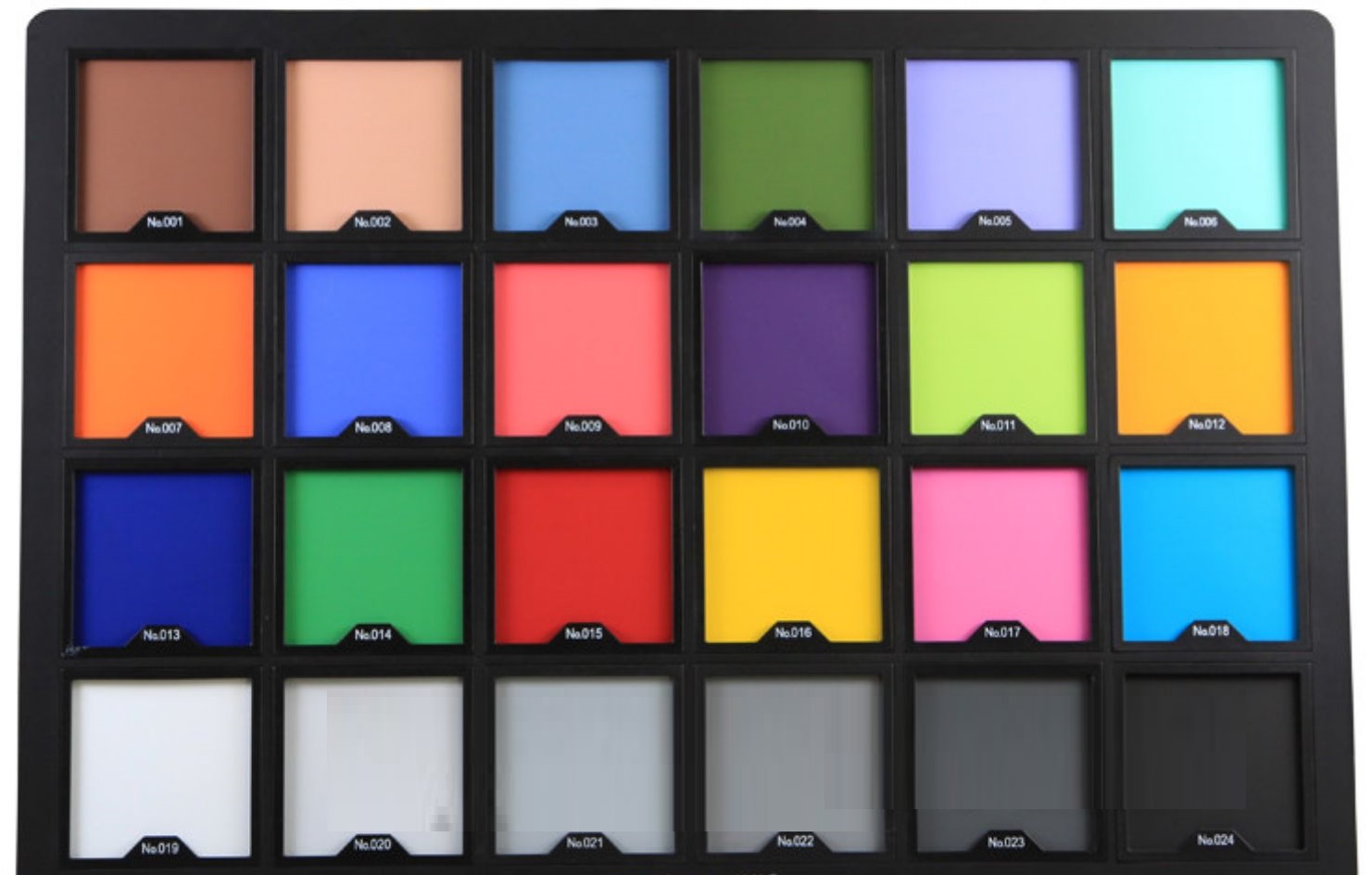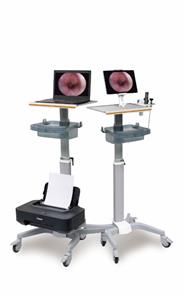What is "White Balance?
What is "White Balance?

The human eye can sense that "white things are white," even when the object has some slight coloring. Cameras, however, are different – without any white balance adjustment, a photo depicts the same exact colors as the original light source. For example, fluorescent lights appear green, while light bulbs look orange. The function that corrects these color issues is the digital camera's "white balance." Essentially, white balance adjusts images to make white subjects look white in the final product.
By making good use of white balance, you'll be able to manipulate the tone of your pictures at will. Ricoh digital cameras provide a variety of ways to control white balance, such as the "white balance" mode, the white balance bracketing function, and "white balance correction," which lets you make adjustments after the picture is taken.
Using White Balance
By default, Ricoh digital cameras are set to "Auto" or "Multi-P(Multi-Pattern) AUTO"*1, which work for most types of photography. However, since white balance is a function that makes white objects appear white, it also ends up making adjustments to scenes that you don't want to look whiter; for example, the red hues of a beautiful sunset or the blue shades of a rainy day. This can rob the picture of its atmospheric quality.
So, when you want to faithfully depict the light of the setting or create new light effects altogether, Ricoh digital cameras give you the choice of several different white balance settings.
*1 Varies according to model. Refer to the manual for more details.
*2 The GR DIGITAL III model features advanced settings that allow you to select from 16 levels, including incandescent lamp, outdoors, and cloudy.




